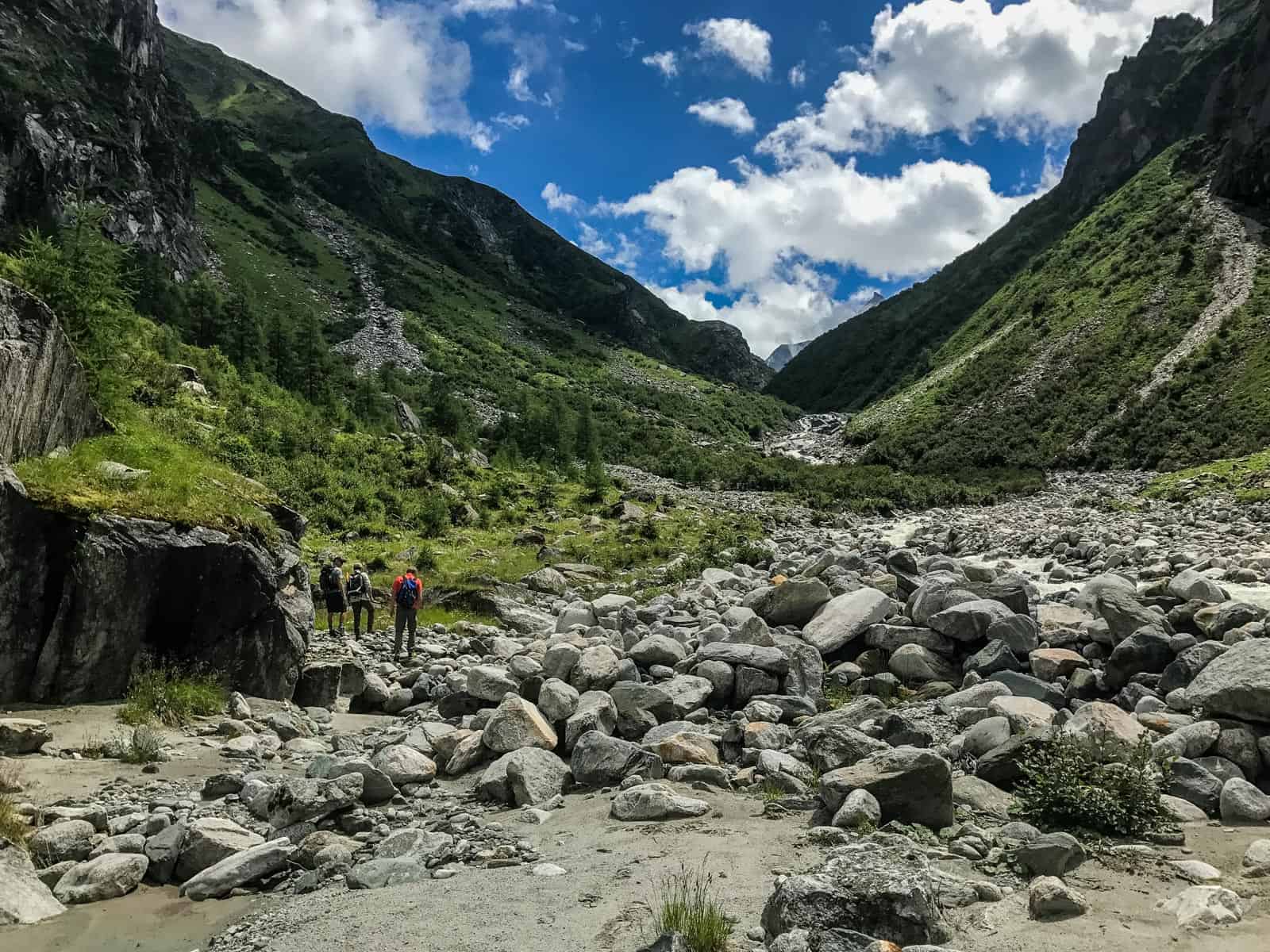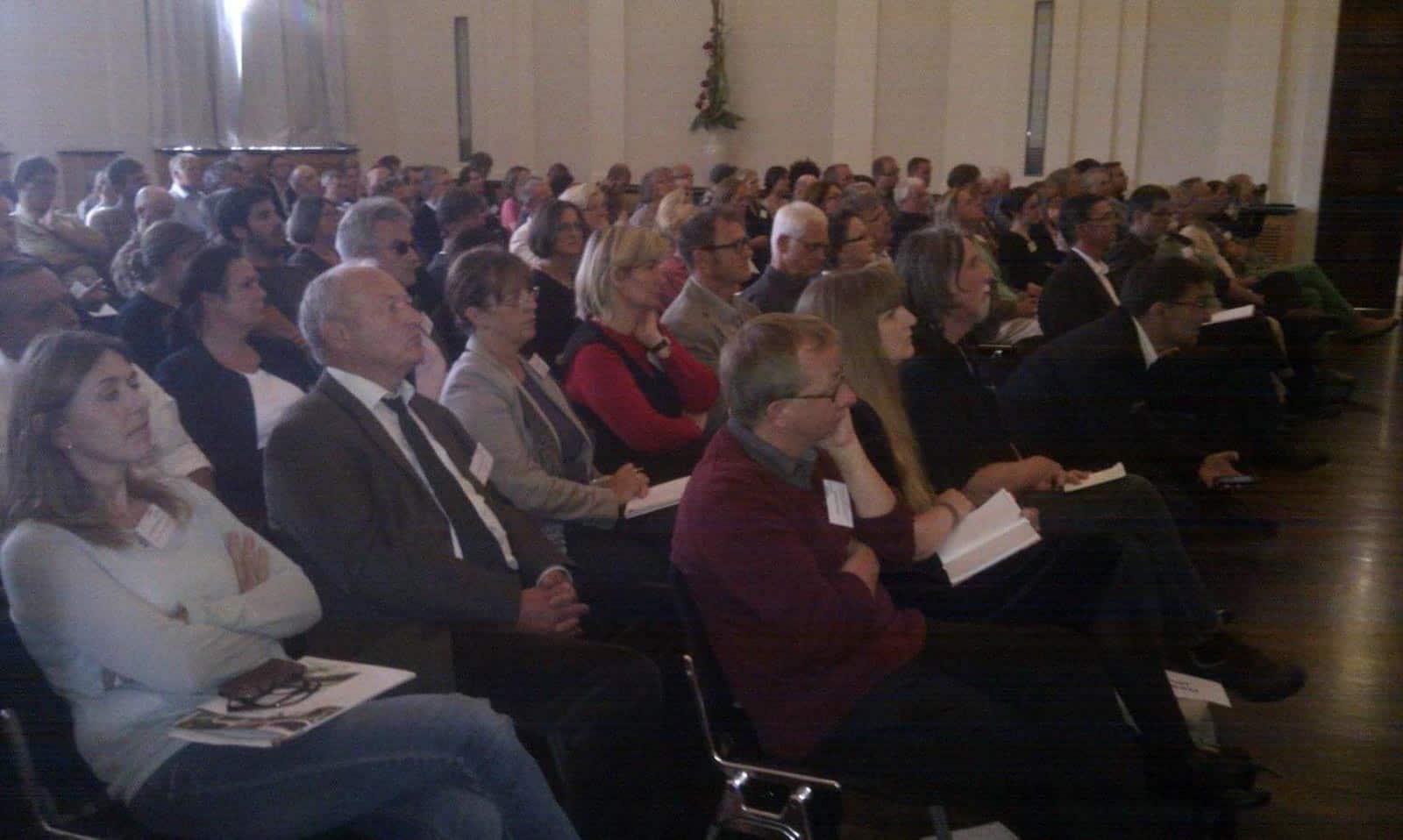The controversy of sanitary logging
Many still think that although natural processes are self-propelled, nature still needs human intervention and maintenance. In this multi-part series, we will explore the topic of sanitary logging, its function, harms, current practice all across Europe and proposed solutions to ensure a healthy forest ecosystem in the long term.
Please also read: EU forest in danger
What is sanitary logging?
Sanitary logging is standardised forestry management operation, defined also in the forest legislation (e.g. Forest Law, Nature Conservation Law, Water and Soil Protection Law, Environment Law, Wildlife Protection Law, etc.) to prevent or minimise the impact of natural disturbances such as insects, fungus, windstorms and forest fire. Sanitary logging, is often a proper management tool in certain situations that originate back to several decades ago. Bound by legal requirements, sanitary logging is demanded as a solution to natural disturbances. However, it is also misused as a coverage for commercial and illegal activities, practiced in several Central and Eastern European countries, such as Slovakia, Czech Republic, Austria, Poland, Romania and also Ukraine. Here is a special report on sanitary logging in the Ukrainian Carpathians, compiled by the European Wilderness Society, the WWF- Danube Carpathian Programme Office, and other forest experts. Based on solid scientific evidence, let’s explore the forms of harm sanitary logging may bring to forest ecosystems.
Sanitary logging in response to bark beetle outbreaks?
Bark beetle subfamily contains about 6000 species of beetles, such as the very active spruce bark beetle. These creatures can have significant impact on trees. However, most of them live in dead or already dying wood. They lay their eggs in the inner bark, then for the larvae to hatch and eat the plant tissue. The tree needs sap to defend itself by inundating the larvae. Therefore during periods of drought, when forests are under significant environmental stress, huge outbreaks can take place. The size of the outbreaks are much larger in the areas of the conventional forest management approach, that favours the production of even-aged, single-species stands. It’s important to remember however, that bark beetle occurence in forests is perfectly natural, since the spruce bark beetle is a native species that has been around here for millennia.
So what caused bark beetle outbreaks to take place in such an extent? Humans. Man-made factors have contributed to the majority of bark beetle outbreaks. Increasing spruce abundance through the plantation of hundreds of thousands of identical spruce in place of logged deciduous forest. Also, climate change causes increasingly dry and therefore unfavourable conditions for spruce to grow. The third factor is the large-scale drainage in the 20th century, which caused the water table of forests to lower significantly. The combination of these factors has caused consecutive dry years and therefore increased vulnerability of spruce for bark beetle attacks.
However, what we see as large-scale death is only the response of forests to make their way into a more natural and healthy mixture of tree species. Moreover, research indicates that about 80% of the bark beetle population would need to be removed e.g. by sanitary logging to reduce their impact on the forest. Nevertheless, even this drastic strategy would only reduce bark beetle impact in the short-term. Needless to say this is not achievable.

Sanitary logging in favour of habitats and biodiversity?
Normally, after the bark beetle outbreak, the leftover dead wood creates habitats for a great amount of species. Forest stands usually regenerate quickly and naturally. However, as it happened in many European locations, where spruce forest was artificially planted and logged, heavy-duty machinery has caused serious environmental damages. The soil profile was damaged (compacted, eroded) that prevented the process of natural regeneration of trees.
It has been scientifically proven that sanitary logging reduces biodiversity. Dead wood-dependent species, including several that are endangered and EU-wide protected, depend on the abundance of dead wood for a certain part of their life cycle. These species are very often extremely rare or even extinct particularly in a commercially planted mono-aged spruce forests. The list includes several beetles, such as the Hermit beetle and the Wrinkled bark beetle, as well as various bird species, such as the Pygmy owl and the Three-toed woodpecker.
Furthermore, studies have shown, how bark beetle outbreaks contribute to biodiversity increase, creating favorable dead wood habitats. This highlighs that the spruce bark beetle is a keystone species in forests, helping to speed up the process of transforming artificial spruce monoculture to multi-age, multi-species and multi-structure forest. Research also proved that this kind of forest is much more resistant to the wide variety of the natural disturbances and emerging temperature extremes due to climate overheating. Kalkalpen National Park, hosting Kalkalpen Wilderness, is a role model for restoring Wilderness in mountain forest. As a unique initiative, the forestry regulation ordering sanitary logging in case of a bark beetle outbreak has been abolished, creating perfect conditions to monitor unharmed ecosystem dynamics.
In the following part of the series, we will examine how sanitary logging is practiced to support the economic function of forests. Stay tuned!













